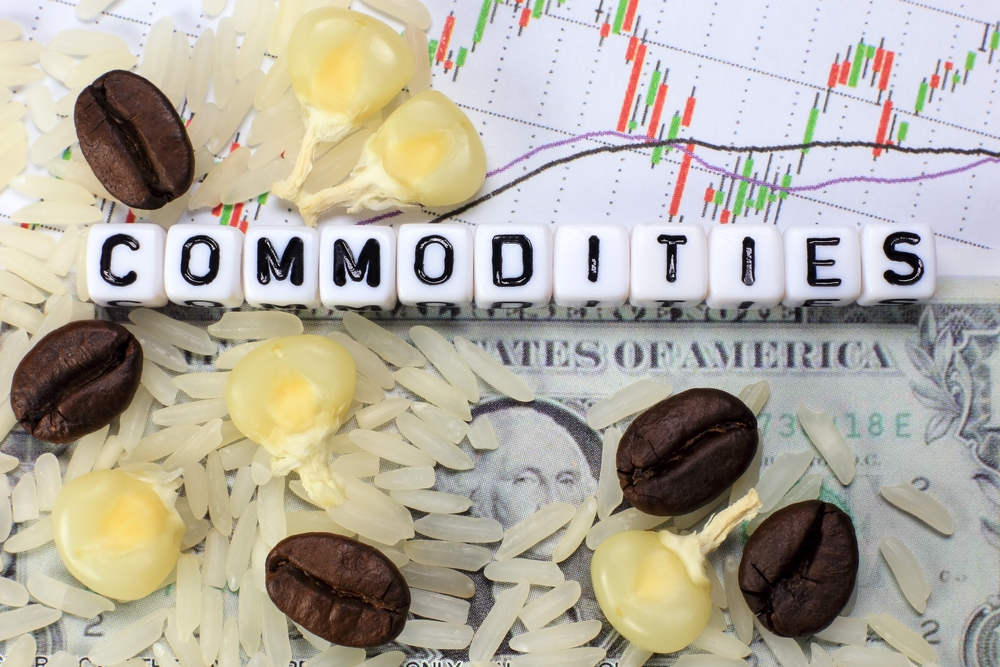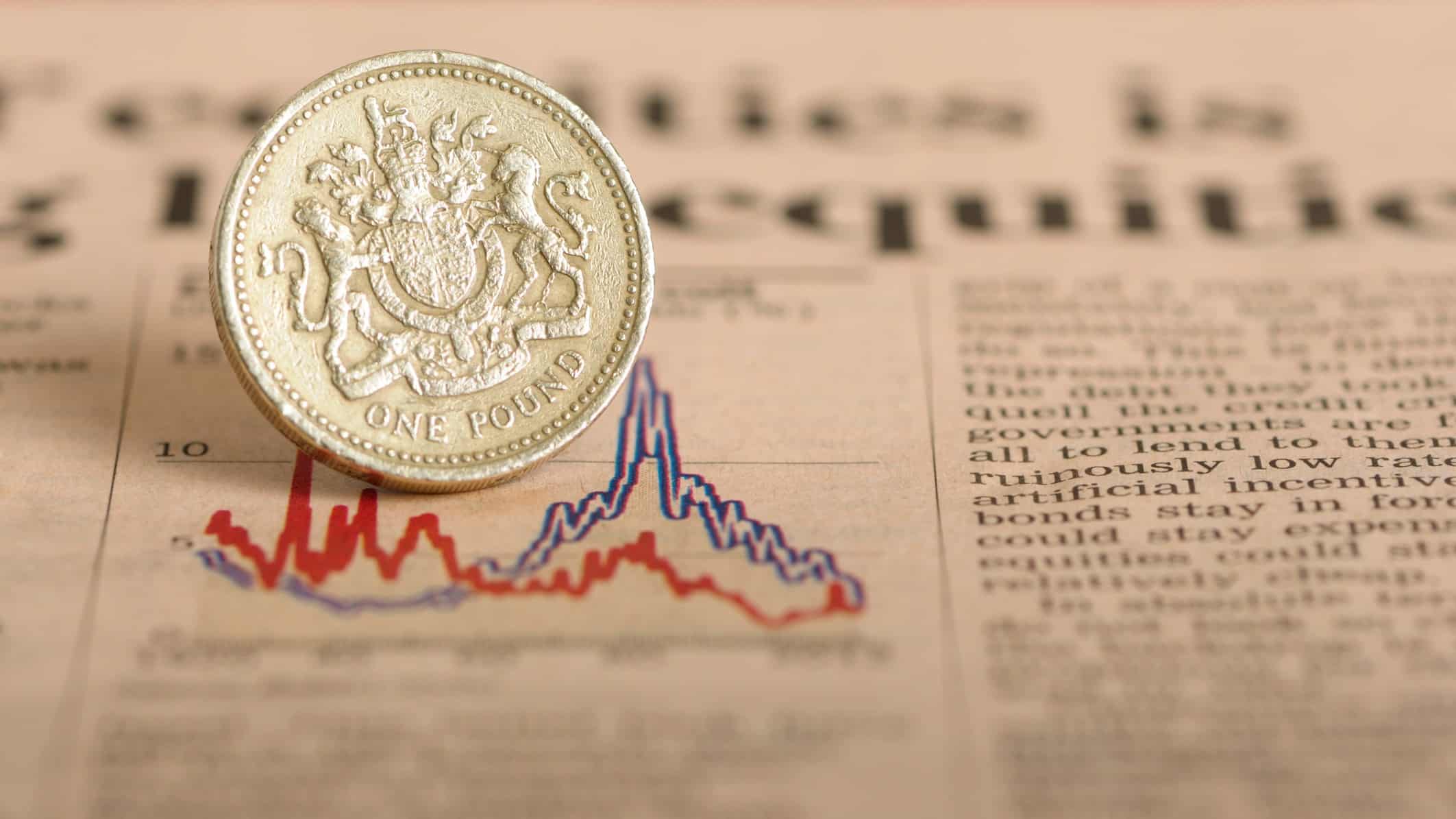Editor’s Note: As the U.S. stock market continues to test investors’ fortitude, you may be wondering where you should turn to ensure a wealthy retirement.
In today’s article, Nicholas Vardy explains how investing in commodities today could pay off big-time over the next decade.
But Alexander Green offers another suggestion for readers: one stock that could be the cornerstone of your retirement.
In this video, he uncovers a brand-new investment opportunity with REAL cutting-edge technology.
Click here to unveil the details of this relatively undiscovered opportunity.
– Madeline St.Clair, Assistant Managing Editor
The highest inflation rate in 40 years… soaring gasoline prices… rocketing interest rates… They’ve all combined to halt the relentless rise of the U.S. stock market.
Investors are asking themselves…
Where can I invest to generate the kinds of returns that will ensure a secure retirement?
To be clear, I’m not a doom-and-gloomer.
And I continue to believe that the stock market will generate its historical average of about 10% per year over the long term.
But I also know my financial history…
And that history tells me that stock markets tend to stagnate during inflationary periods (like the 1970s). That stagnation can last a long time.
Few investors on Wall Street remember that the Dow Jones Industrial Average traded at around 800 in 1982.
That was down nearly 20% from its first close of nearly 1,000 in 1966 – a whopping 16 years of stagnation.
And for future retirees now in their 50s, that’s the kind of stagnation they cannot afford.
As it turns out, one group of investors made a fortune in the inflationary 1970s when the environment was very similar to today’s.
One of those traders was Jim Rogers.
As co-founder of the Quantum Fund with George Soros, Rogers helped investors make over 4,000% returns from 1970 to 1980.
And yes, that was when the Dow Jones Industrial Average was flat.
What was their secret? Simple…
Rogers credits the fund’s success to their willingness to invest in all asset classes – foremost among them commodities.
A Primer on Commodities
Commodities are the raw materials that make up the essentials of our everyday lives.
Every time you walk into the supermarket or the mall, you’re surrounded by commodities that have traveled around the world to get there.
The same applies when you get into your car or truck – or walk into an office building.
These essential commodities include oil, natural gas, wheat, corn, cotton, soybeans, aluminum, copper, silver, gold, cattle, hogs, pork bellies, sugar, coffee, cocoa, rice, wool, rubber, lumber…
As well as the 80 or so other commodities listed in the traders’ bible, The CRB Commodity Yearbook by the Commodity Research Bureau.
And each of these commodities offers trading opportunities to savvy traders who focus on them.
As Rogers puts it in his book Hot Commodities: How Anyone Can Invest Profitably in the World’s Best Market…
Admittedly, I have often relished buying a great company cheap and holding it long term; to be sure, finding the next GE, Microsoft or Amgen can be an intellectual as well as a profitable adventure. But let me assure you that when the price of sugar futures went from 1.4 cents to 66 cents between 1966 and 1974, those holding cheap sugar had a whole lot of fun watching sugar rise more than 45 times.
An Investment Case for Commodities
Rogers is exceptionally bullish on commodities today.
Amid the world’s “Everything Bubble,” commodities are the only cheap asset class.
And with inflation rearing its ugly head, commodities have just embarked on what promises to be at least a decadelong bull market.
Here’s why…
It turns out that commodities move in 12-to-16-year supercycles, almost like clockwork.
The 20th century saw three long commodities bull markets (1906-1923, 1933-1953 and 1968-1982), each lasting 14-plus years. The next one (and the last) started in early 1999 and ended around 2011.
Two studies from Legg Mason confirmed that for the past 130 years, “Stocks and commodities have alternated leadership in regular cycles averaging 18 years.” (This can be seen in the graphic below.)
As Rogers puts it in Hot Commodities…
When you look at these trends on a graph, it is positively eerie. It looks as if God himself were a trader who enjoyed playing the stock market for 18 years or so and then switched to futures, until he got bored again, after another 18 years or so, and went back into the stock market.
As I noted above, by 1982, stocks had been going sideways for 16 long years.
In contrast, commodities were on a roll: Sugar went up 1,290% between 1969 and 1974; corn increased 295%. Oil went up 15X in the 1970s to $40 a barrel; gold and silver rose more than 20X in a decade, and the price of many other commodities spiked.
The Commodity Bull Market Has Just Started
It will be a few years before the talking heads on CNBC start raving about commodities.
And, as always, they will have been late to the party.
Just look at the Invesco DB Commodity Index Tracking Fund (NYSE: DBC) compared with the S&P 500.

Note how commodities took off in only January 2022 – just three months ago.
Here’s the best news…
Unlike in the 1970s, today you can profit from the commodity boom with the click of a mouse.
Back in the 1970s, retail investors were excluded from the elite club of commodity investors.
Commodity investors had to pay tens of thousands of dollars for seats on the Chicago Mercantile Exchange.
Today, you can invest in over 100 commodity exchange-traded funds (ETFs). In addition, you can invest in dozens of commodity-related companies.
Finally, specific country ETFs are heavily weighted toward commodities.
These include ETFs for Australia, Canada and Brazil – the iShares MSCI Brazil ETF (NYSE: EWZ) is up by double digits since I wrote about it on February 24.
My recommendation today?
Diversify your portfolio away from U.S. stocks and toward commodities.
Every investment asset class has its season.
And the next decade belongs to “hot commodities.”

Click here to watch Nicholas’ latest video update.
For the latest news from Nicholas, connect on Facebook and Twitter.
Credit: Source link














